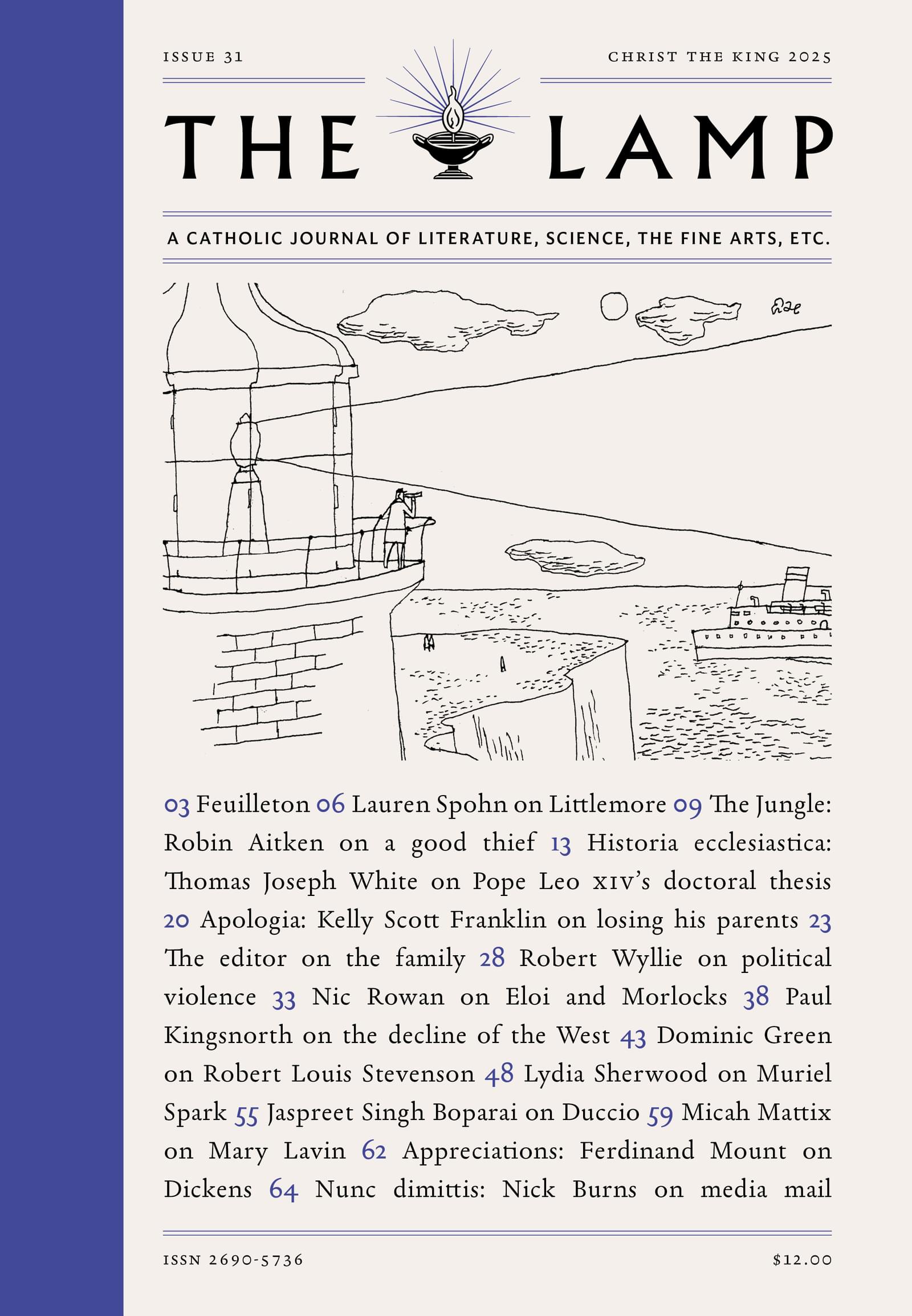Once, when I was young, for a period of three months, I was a man of science. When I entered college, I had the aspirationally hard-headed idea that I would get a degree in something quantitative and make a lot of money afterward. The storms of freshman year drove that ship of theory onto the shoals of my profound mathematical incapacity—if the footmen of mental sums tire you, what will the mysteries of matrix algebra do? Yet by time I had thought better of the whole business, my college had, inscrutably, given me a grant to work in a biomechanics laboratory for the summer. Like many people with a dim understanding of numbers, I am hesitant to let go of money. Off I went.
The field station was set back in the woods outside Concord, Massachusetts, on the site of a Cold War–era missile silo complex. The bunkers housed the specimens too large for the zoological museum, whale skeletons and that sort of thing. One of the first things I learned at the field station was that whale skeletons were extracted from putrefying blubber and muscle with the aid of flesh-eating beetles; the hole where “our” flesh-eating beetle colony lived was casually pointed out to me on a walk through a field.
The laboratory where I worked studied insect flight dynamics, particularly of bees and dragonflies. We had a small wind-tunnel, a plexiglass-covered racetrack, and an outdoor enclosure in which we could film insect behaviors al fresco. Fresco being taken somewhat equivocally—in a pen next to our insect backlot, another lab group was keeping sheep for a complicated and (to me) goofy-sounding experiment about dental wear, water impurities, and climate change. By July, the stink was unbearable and invariably upwind.
I was assigned to a first-year graduate student who, I now realize, was only slightly less confused and hapless than I was. For most of the summer, I quietly ran amok. One day, the lab P.I.—a gentle and gracious young mother who I think is now tenured at a West Coast school—noticed in a recent paper about dragonfly flight that the speed of one of the bait animals, a humble Drosophila melanogaster, or fruit fly, was a multiple of that species’s highest recorded speed to date. She suggested I get some fruit flies and see what kind of descriptive work I could do while trying to replicate the suspicious ultrafast flight.
For a week, I became the Lord of the Flies. I ordered breeding flies from the indispensable Carolina Biological Supply; I sexed them, separated them, and re-united them for breeding. Some inevitably got away and, with their descendants, made an extraordinary nuisance of themselves. For the week following, every surface in the lab sprouted fruit-fly traps of various designs, baited with vinegar, jam, beer. I eventually got around to running some trials on film—only to discover, after clearing an afternoon to process data, that the flies were too small to track on our cameras’ resolution.
A recurring task was capturing dragonflies for experimentation—grab net, waders, specimen jars, and off through the woods to a nearby beaver pond. The most ferocious mosquitos I have ever encountered were the primeval monsters of the Massachusetts forest. It was too hot to wear the waders on the strenuous hike through the brush, and you would anyway risk snagging them on a bramble and making them leaky; the mosquitos would swarm your legs as you tried to leap from your terrestrial pants into the aquatic gear. (I would have recurring dreams about the symptoms of dengue and malaria.)
And then you were in sulfurous swamp water, trying to keep an eye out for promising insects while watching the beavers watching you. Animism seems more reasonable when, hip-deep in mud and armed with nothing more serious than a butterfly net, you are faced with a fifty-pound rat, itself possessed of territorial sentiments and the ability to swim silently and, in the murky water, invisibly. Wouldn’t you want to be protected by the spirits? Between the mosquitos and the beaver-fear, I didn’t set any records for dragonfly capture, and inadvertently killed or maimed much of what I did catch.
Needless to say, I produced no science in my three months—no co-author credits, no acknowledgements. Nor was I asked back for the school year or the summer subsequent. I can’t say that I would have asked me back, either.
Was it a wasted summer? I somehow can’t bring myself to say that it was. My “colleagues”—a word that suggests a very false equality—were kind to me, although I was constantly hapless and in the way. Nor was it entirely uneducational. I learned that you can soak cucumber slices in a stock pot full of gin, and that the resulting pickles are of potency equal to or greater than the cucurbitous gin itself. I learned that in Trinidad they drink a cocktail made of Guinness and condensed milk. I watched my first and only cricket game on the invitation of one Sridhar, the irritable and embattled aeronautic engineer in our lab group. I got a cramp in the middle of Walden Pond and almost died one of the most American deaths imaginable, only to be fished out by a cheerful graduate student.
No, I would not say it was a wasted summer. But I have kept a wide berth of science in the time since.




